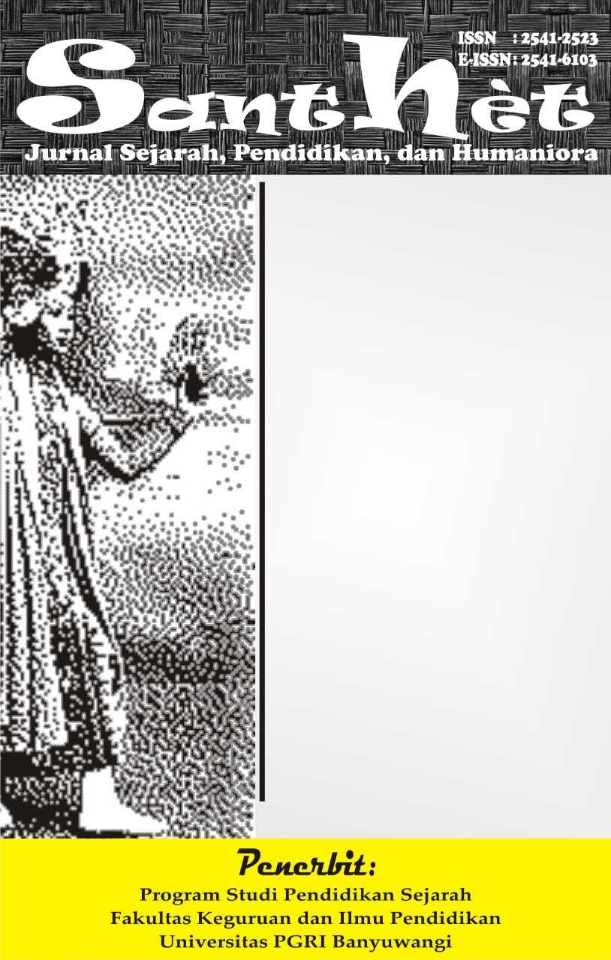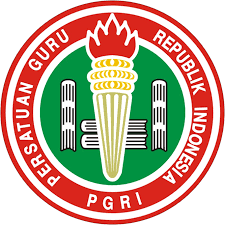Analysis of the Derivation and Inflection Process in Javanese Language
Analisis Proses Derivasi dan Infleksi dalam Bahasa Jawa
DOI:
https://doi.org/10.36526/santhet.v8i1.3677Keywords:
Derivation, Inflection, Javanese LanguageAbstract
The objective of this study was to conveyed the word classes in Javanese language that undergo derivational and inflectional process. Specifically, this study focused on derivational and inflectional morpheme, which are very closely applied to the linguistic context of the language. The research was conducted using a qualitative methodological approach, employing a methodological rigor employed in data collection, coupled with a meticulous application of morpheme theory and the insights derived from interviews. The data was taken with interview technique. The qualitative approach, with its emphasis on participant perspectives and the exploration of underlying themes, provided an opportunity for in-depth interviews. The data of the research were the derivations and inflections of words in Javanese language. This in-depth exploration contributed valuable knowledge about the interaction between affixation and its impact on word structure and meaning. This study illustrated the presence of various affix forms in Javanese language, and affixes played a crucial role in modifying and shaping words, allowing for a diverse range of expressions in linguistic communication. This study revealed that not all categories within derivational and inflectional morphemes are represented in the data set under study. The results of this study indicated the presence of affixation processes in the Javanese language, including prefixes, suffixes, infixes, and circumfixes. Additionally, there are only noun and verb as word classes identified in Javanese undergo affixation processes to form new word classes and meanings through derivation processes. However, the inflectional process does not introduce new meanings or word classes to the respective words, including noun, verb, and adjective
References
Creswell, J. W. (2009). Research Design: qualitative Quantitative, and Mixed Methods Approached, Fourth Edition. Los Angeles: Sage Publication, Inc.
Fromkin, V., Rodman, R., & Hyams, N. (2014). An Introduction to Language (10th ed) (10th ed.). Cengage Learning.
Hockett, C. F. (1958). A Course in Modern Linguistics. A Journal of Research in Language Studies.
Martini, I. D. A. K. (2016). Derivational of Bound Morpheme. International Research Journal of Management, IT & Social Sciences, 3(1), 15–22.
Subroto, E. D. (1991). Tata Bahasa Deskriptif Bahasa Jawa. Dep. P dan K.
Sudaryanto. (1993). Metode dan Aneka Teknik Analisis Bahasa. Yogyakarta: Duta Wacana University Press.
Sukardi, M. (2013). Denominal Verb Formation in Javanese Language, Banyumas Dialect. . International Journal of Linguistics, 5(6).
Sumadi. (2012). Adjektiva Denominal dalam Bahasa Jawa. Humaniora, 24(1).
Verhaar, J. W. M. (1996). Azas-Asas Linguistik Umum. Yogyakarta: Gajah Mada University Press.





























